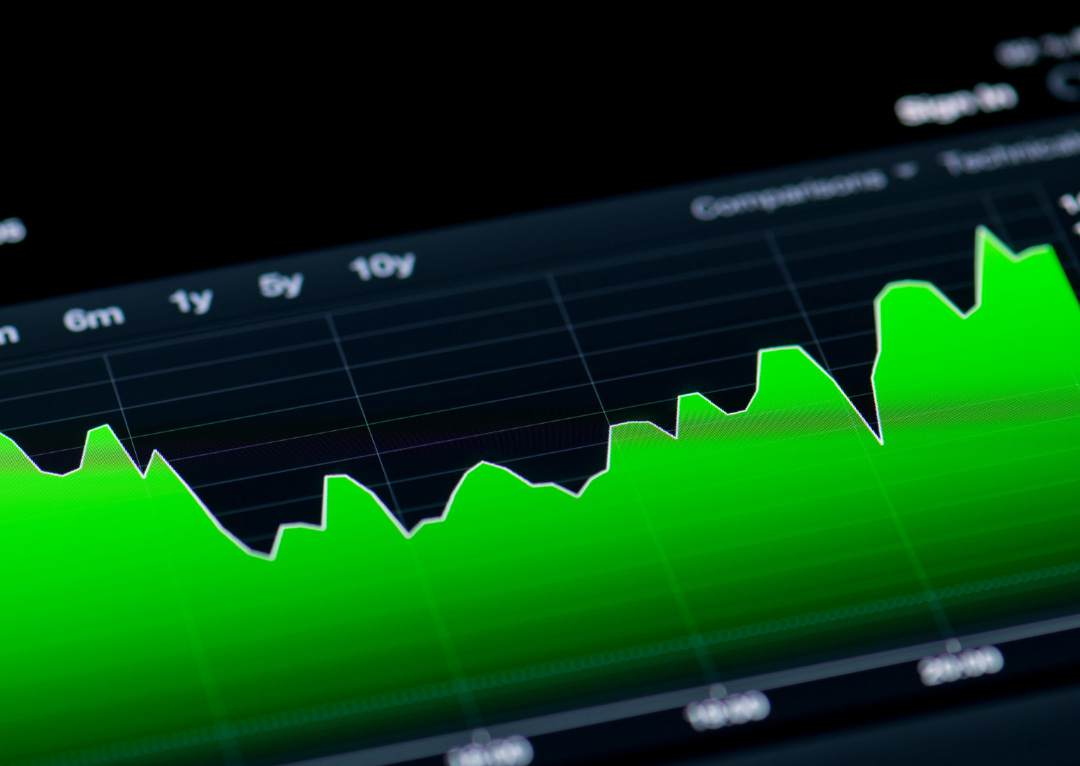Volatility (Standard Deviation): Why Should You Care?
.jpeg)
Volatility is a statistical measure of the dispersion of returns for a given security, index, or fund. In general, higher volatility levels are associated with more risk.
Volatility Formula
Volatility is most commonly measured as the standard deviation of the returns. There is a complex formula for standard deviation, which we will not discuss here. The simplest way to calculated standard deviation is to use the STDEV function in Excel. If you know programming languages, such as Python or R, there are built-in functions you can use.
Note that must adjust your volatility calculation by the square-root of the time horizon. For example, say want to calculate the annual volatility of the S&P 500 using the daily returns of the index. First, you would calculate the standard deviation of the returns. This gives you the daily volatility. Next, you would multiply the standard deviation by sqrt(252) to get the annual volatility. We use 252 because there are 252 trading days in a year.
Understanding Volatility
So what does volatility mean? What does it mean if a fund has low or high volatility?
Let's say a fund has returned 5% a year for the last 5 years. This fund would have a volatility of 0%, meaning there is no dispersion in the fund's returns. In this case, the fund is said to be an incredibly stable investment.
Now let's say a fund has returned the following in the last 5 years: -30%, +50%, -10%, -10%, +50%. This fund has averaged a yearly return of 10%, which looks great. An investor might look at the last year's return of 50% and think the fund is a good investment. However, a closer examination would reveal this fund has an annual volatility of 211%, which is extremely high. This fund would not be a good investment because you might make 50% one year, but just as easily lose 50% another year.
Benchmarking Volatility
When evaluating funds, it's important to look at volatility and make sure it's within your acceptable range. As a benchmark, the S&P 500 has typically had an annual volatility of ~15%. Many investors I've spoken to accept a volatility level of up to 20% annually. You might be comfortable with more or less depending on your goals and time horizon.
Other Measures of Volatility
In addition to standard deviation, beta is often also used to measure volatility. Beta quantifies a security's sensitivity to systematic risk. It also gives us an idea of how much a security is expected to move in relation to the movements of a benchmark.
What about alphaAI?
In any investment endeavor, the key to success lies in making informed decisions. Whether you're building a recession-resistant portfolio, diversifying your assets, or simply exploring new opportunities, your journey should be guided by knowledge and insight. At alphaAI, we are dedicated to helping you invest intelligently with AI-powered strategies. Our roboadvisor adapts to market shifts, offering dynamic wealth management tailored to your risk level and portfolio preferences. We're your trusted partner in the complex world of finance, working with you to make smarter investments and pursue your financial goals with confidence. Your journey to financial success begins here, with alphaAI by your side.
Supercharge your trading strategy with alphaAI.
Discover the power of AI-driven trading algorithms and take your investments to the next level.

Continue Learning
Dive deeper into the world of investing and artificial intelligence to unlock new opportunities and enhance your financial acumen.

Paul Merriman’s Ultimate Buy & Hold Portfolio: Historical Review and Modern Risk Considerations
.jpg)
How AI Safely Manages Leveraged ETFs for Long-Term Investors



